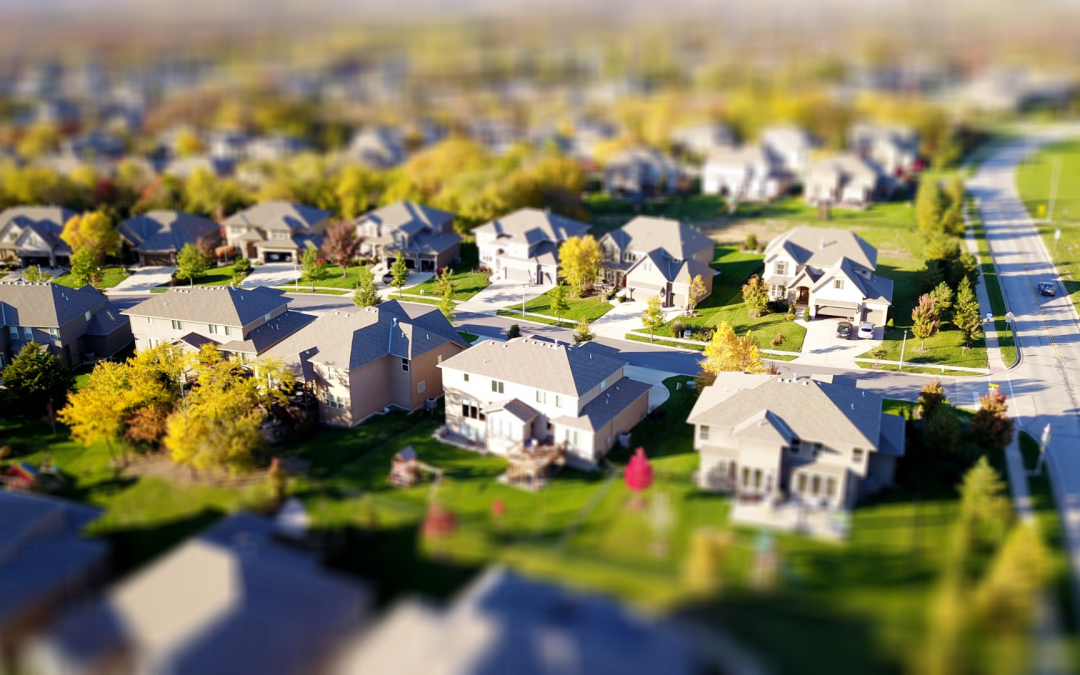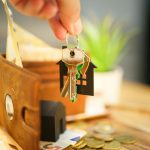Choosing the right neighborhood is just as important as choosing the right home. The area you live in can significantly impact your quality of life, so it’s essential to consider various factors before making your decision. Here are some key things to look for when evaluating a neighborhood.
1. Safety
Safety is often the top priority for most people. Research the crime rates in the neighborhood to ensure it’s a secure place to live. You can check online databases, local police reports, or talk to current residents.
Visit the area at different times of the day and week to get a feel for its safety and ambiance.
2. Proximity to Work and Amenities
Consider how close the neighborhood is to your workplace and other essential amenities like grocery stores, hospitals, and banks. A shorter commute can save you time and reduce stress.
Use online maps to check the distance to work and important places. Try driving or walking the route during rush hour to see how long it takes.
3. Schools
If you have children or plan to in the future, the quality of local schools is crucial. Good schools can provide a better education for your kids and also increase the resale value of your home.
Research school ratings and visit the schools if possible. Talk to parents in the area to get their opinions.
4. Public Transportation
Access to reliable public transportation can be a big plus, especially if you don’t drive or prefer not to use a car all the time. Check the availability of buses, trains, and other transit options.
Look for the nearest public transportation stops and routes. Consider how easy it is to get to key destinations without a car.
5. Community and Lifestyle
Think about the kind of community and lifestyle you want. Some neighborhoods are more family-oriented, while others may cater to young professionals or retirees. Consider the type of environment where you’ll feel most comfortable.
Visit local parks, community centers, and social spots to see how active and friendly the community is. Attend local events if possible.
6. Future Development
Find out about any planned developments or zoning changes in the area. Future construction could impact property values, traffic, and the overall feel of the neighborhood.
Contact the local city planning office or look online for information about future projects.
7. Noise Levels
Noise can greatly affect your comfort at home. Check for potential noise sources like highways, airports, or busy streets that could disrupt your peace and quiet.
Spend some time in the neighborhood during different parts of the day to gauge noise levels.
8. Green Spaces and Recreation
Access to parks, trails, and recreational facilities can enhance your quality of life. Green spaces provide a place for exercise, relaxation, and community activities.
Look for nearby parks, sports facilities, and other recreational areas. Consider how often you’ll use these amenities.
9. Shopping and Dining
Convenient access to shopping centers, restaurants, and cafes can make your daily life easier and more enjoyable. Consider how far you’ll need to go for your favorite activities.
Explore the local dining and shopping options. See if the area has a good mix of what you need and enjoy.
10. Affordability
Finally, make sure the neighborhood fits your budget. Consider not just the cost of the home but also property taxes, homeowners association fees, and general cost of living in the area.
Research the average home prices and living costs in the neighborhood. Make sure it aligns with your financial plan.
Finding the right neighborhood takes some research and exploration, but it’s well worth the effort. By considering safety, proximity to work and amenities, schools, public transportation, community vibe, future development, noise levels, green spaces, shopping, dining, and affordability, you’ll be able to choose a neighborhood that suits your lifestyle and needs. Happy house hunting!






